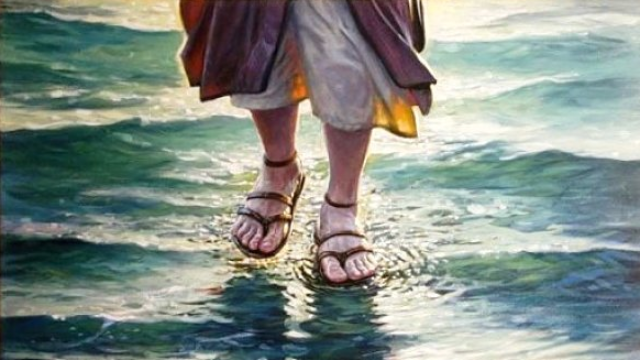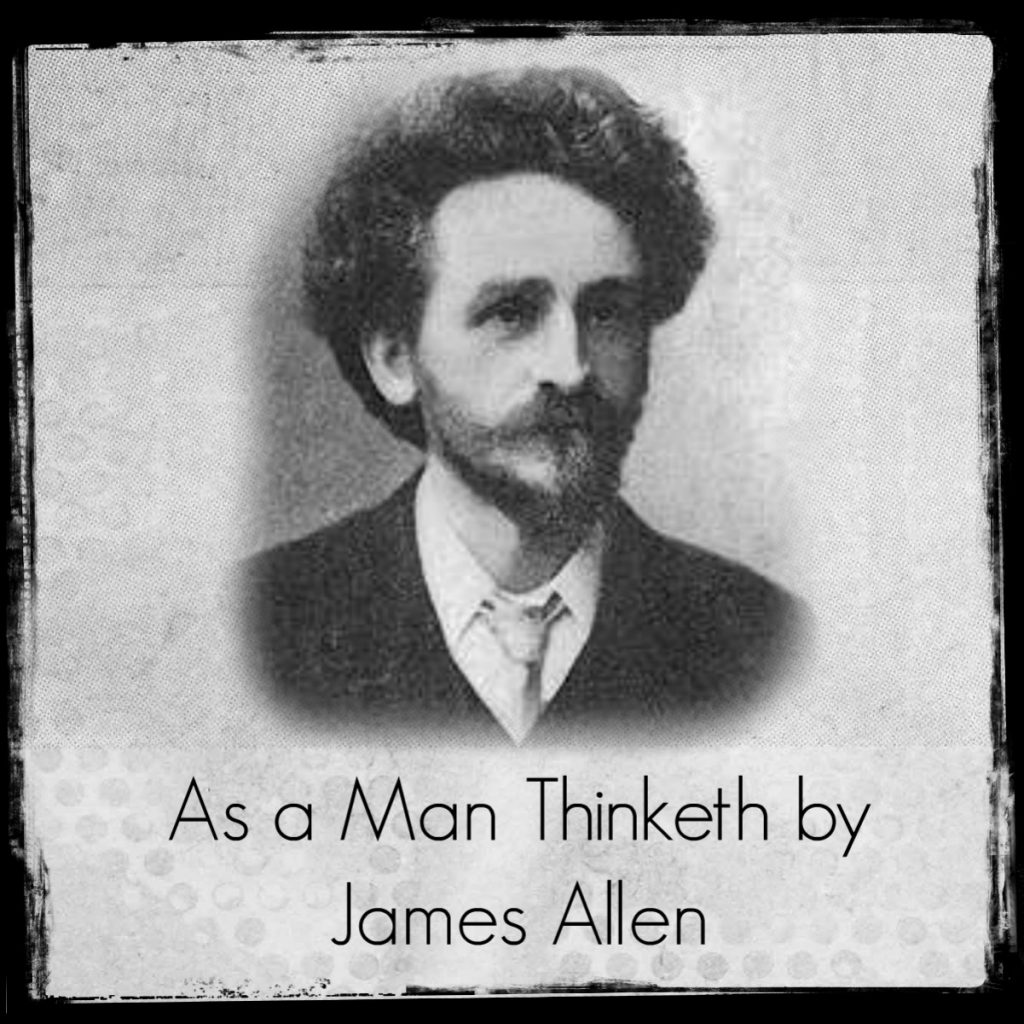
By Angie Kleven
There is, and has always been, a great debate in the world about what constitutes truth. The search for truth has instigated many social and spiritual awakenings. When truth is found, it has the power to change those who believe it. Jean Jacques penned these words:
Then say, what is truth? ‘Tis the last and the first,
For the limits of time it steps o’er.
Tho the heavens depart and the earth’s fountains burst,
Truth, the sum of existence, will weather the worst,
Eternal, unchanged, evermore.
One of the great secrets about truth is that to find it, we often have to look beyond appearances. Usually, what seems real is nothing more than a grand illusion, often in place to distract us and prevent us from understanding what the true reality is. Once we learn to recognize the difference between truth and appearances, we find that we are able to do more, know more, and be more because we are no longer bound by artificial limitations.
To discern truth, we must develop and practice two characteristics: Faith and Intuition. We must have faith in a Creator who is both omniscient and omnipotent. We must trust that this Supreme Being knows who we are by name, loves us, and has a plan for our each of our lives. We must believe that when we pray, He hears us, and when He speaks, we can hear Him. That sacred communication from God to us is often referred to as Intuition. Intuition usually comes to us through both thoughts and feelings, and very often contradicts what we see in the world around us.
Throughout his life, Jesus Christ continually showed the difference between truth and appearances and taught us by example why it is imperative that we learn to live by intuition. On one occasion near the Sea of Galilee, Christ was teaching over 5000 men, women, and children. When evening came and his disciples wanted to send the multitude away so that they might eat, Christ instructed them to bring him all of the available food which consisted of only two fish and five loaves of bread.
Even a child could comprehend that such a meager amount of food would never feed so many hungry people. The food was blessed and then divided into among baskets and distributed to the crowd. After everyone had eaten their fill, the disciples collected the remaining food and were undoubtedly stunned to realize that twelve baskets of food remained.
After the multitude had been sent home, Christ instructed his disciples to take a boat to the other side of the sea where he would meet them. The men did as they were asked, and while on their voyage, a storm arose. Just before dawn, the disciples saw what appeared to be a spirit walking on the water and became very afraid. When Christ invited Peter to walk to him, Peter stepped off the ship and onto the water and began to walk toward his master. The wind started to blow and Peter became afraid and began to sink. After Christ pulled Peter out of the water, the Savior reproached, “O thou of little faith, wherefore didst thou doubt?”
Through these two examples, Christ taught that the limitations that we see all around us do not exist. If we will learn to let go of our pre-conceived notions of what reality is, and open our minds and hearts to what truth is, we will have increased power and abilities to overcome and conquer illusory obstacles. In doing so, fear is the greatest barrier that we will face. Had Peter controlled his thoughts and emotions and stayed focused on what was actually happening, he would have successfully walked all the way to Christ and accomplished his goal. However, because he allowed himself to become distracted by the world around him and by the false belief that walking on water is not possible, he succumbed to his apparent circumstances and sank.
Christ’s admonition to Peter is particularly poignant, and we would be wise to liken it to ourselves. What are we capable of? What is possible? What is keeping us from accomplishing our goals? Are we afraid to think beyond the false limits of “reality?” When we answer these questions honestly and face the fear that holds us back, we will discover that walking on water is within our reach too.
John Jacques, “Oh Say, What Is Truth?” in Hymns of the Church of Jesus Christ of Latter-day Saints. (Salt Lake City, UT: Deseret Book Company, 1985) Hymn 272.
Matthew 14:31. The Holy Bible. King James Version
For more on this topic, click here to read Hidden Treasures: Heaven’s Astonishing Help with Your Money Matters FREE.
- Out of Money – Overcoming Financial Loss - October 27, 2010
- From Stressed to Blessed - September 27, 2010
- A Non-Profit Homeschool Organization Teaches the Law of Gestation - September 27, 2010
















